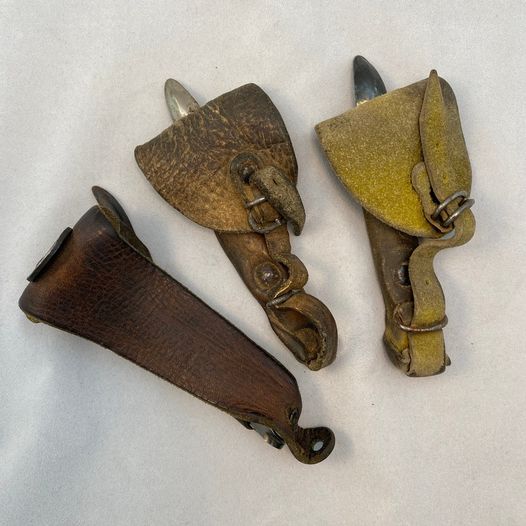History of the Vintage Corn Husker
The vintage corn husker, a key tool in agricultural kitchens, originated in the late 19th and early 20th centuries. As agriculture evolved and mechanized, farmers and homemakers needed efficient tools for harvests. The corn husker emerged as a practical solution for removing husks from corn ears, essential for both consumption and preservation.
Initially, early models were handcrafted from wood and metal to endure farm life. With technological advancements, manufacturers began producing more refined versions. These updates included durable materials and improved mechanisms, enhancing functionality and ease of use.
How It Was Used
The corn husker played a crucial role in both kitchens and farms, especially during harvest season. Its main job was to strip husks from corn ears, preparing them for cooking or storage. Users inserted an ear of corn into the husker, which used rotating blades or gears to efficiently remove the husk.
Besides its immediate use, the corn husker also helped in preserving corn. By removing the husks, it made the corn ready for drying or canning, allowing it to be enjoyed long after the harvest.
The Legacy of the Corn Husker
Today, the vintage corn husker symbolizes traditional farm life and craftsmanship. Despite modern technology replacing manual husking, the corn husker remains a cherished relic among collectors and vintage kitchen tool enthusiasts.
People value the corn husker for its nostalgic and historical significance. It highlights the ingenuity and resourcefulness of past generations who used simple yet effective tools for their harvests.
Restoration enthusiasts actively seek out vintage corn huskers to preserve and display. These tools embody a sense of heritage and craftsmanship that modern equipment often lacks.
In summary, the vintage corn husker is more than a tool; it represents a rich history of agricultural innovation and home economics. Its legacy lives on through its appreciation by collectors and its celebration of past ingenuity.

Leave a Reply